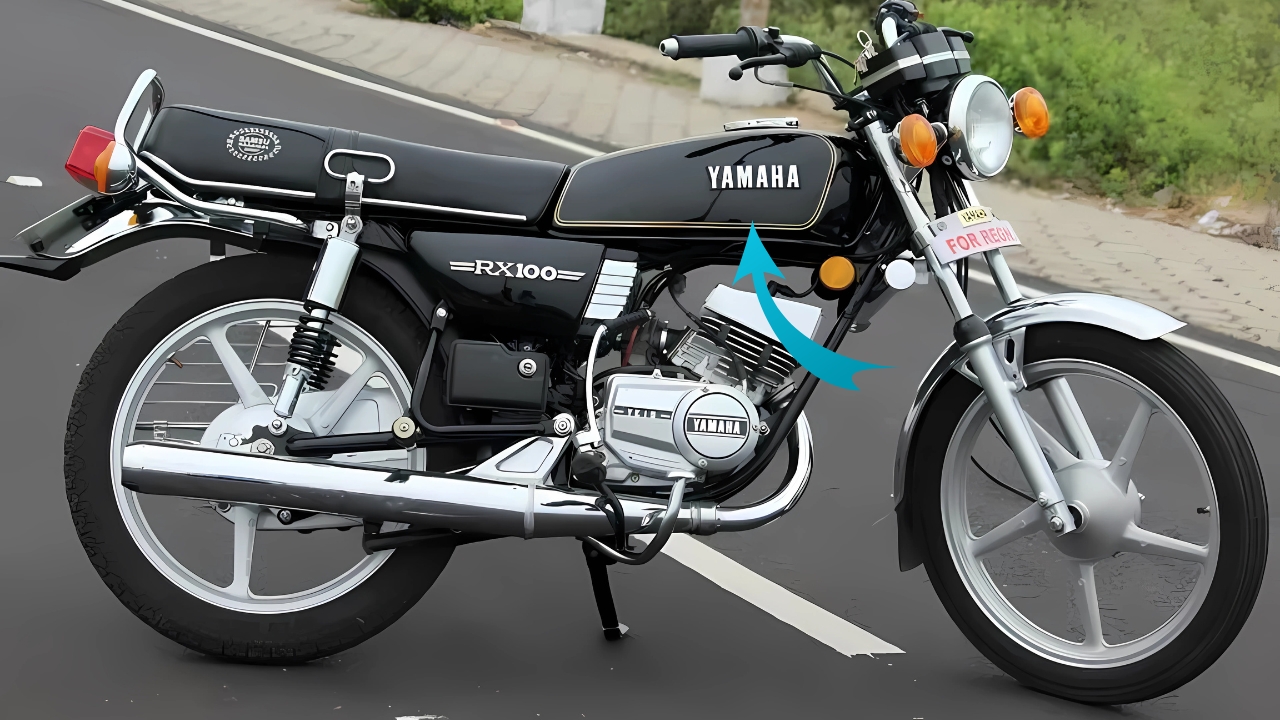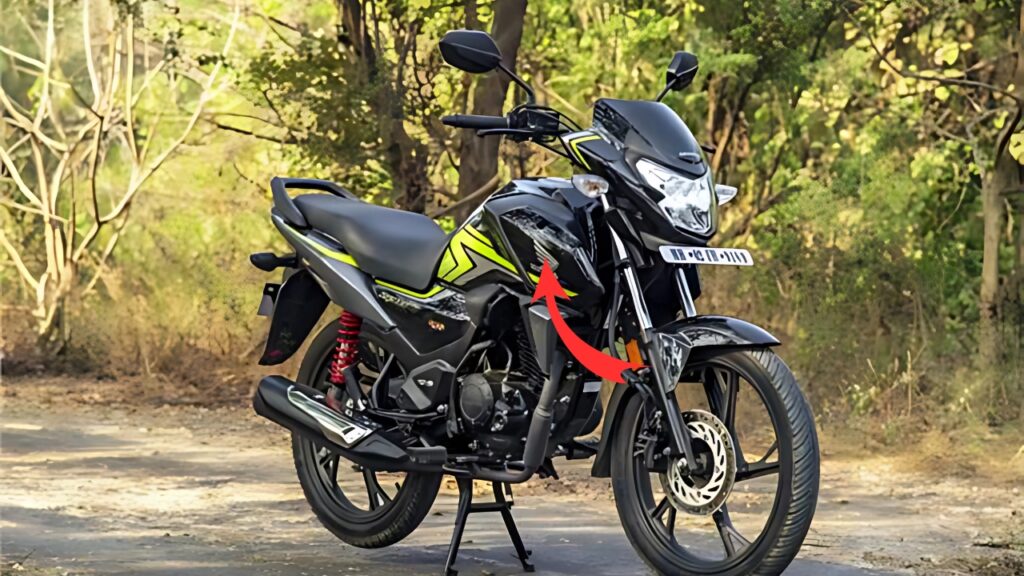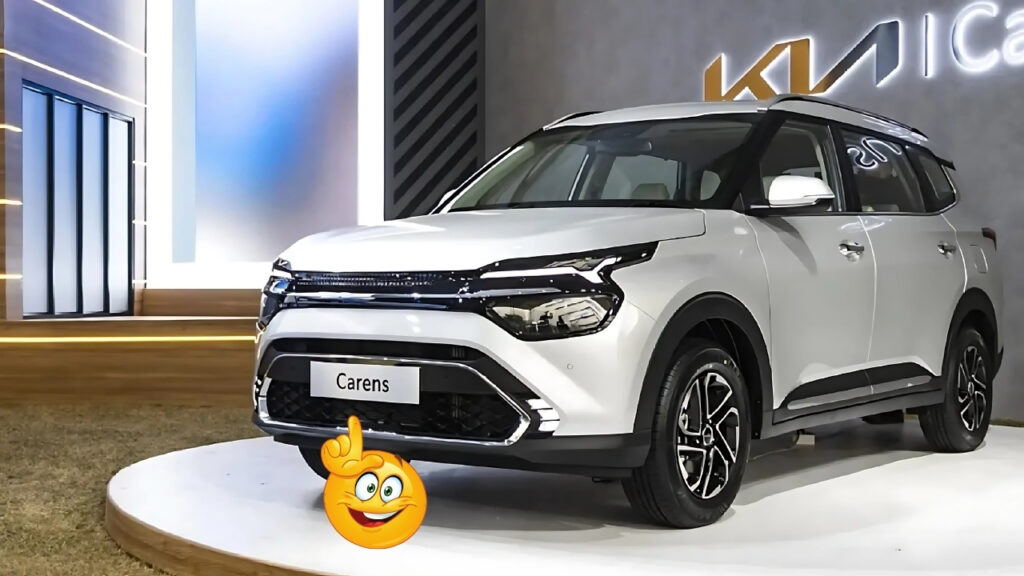Yamaha rx 100: The story starts in 1985, when Yamaha Motor Company, in association with Escorts Group, launched the RX 100 in India.
In an era of fuel-efficient, tame commuters, the RX 100 was a different take, it was all about performance and excitement.
Little did Yamaha realize that this 98cc motorcycle would shake the foundations of the Indian two-wheeler scene and form a cult that survives to this date.
The RX 100 wasn’t about complexity or bleeding-edge technology. They were special in two ways. Instead, it was the brilliant simplicity of its engineering.
In terms of the motorcycle’s performance specifications, the bike relied on an air-cooled, single-cylinder two-stroke engine that produced a humble 11 horsepower at 7,500 RPM and 10.39 Nm of torque at 6,500 RPM.
These figures might sound nothing to write home about today, but they made for staggering on-road performance, bolstered by a kerb weight of 103 kg.
Table of Contents
Yamaha rx 100: The Performance Marvel

Ask an RX 100 owner their sweetest memory of the motorcycle, and sooner or later, the mention of acceleration will crop up.
It could achieve a 0–60 km/h (0–37 mph) time of about seven seconds—third-millenia performance for the day.
This bouncy performance was courtesy of the two-stroke engine, generative power in a violent manner specific to those kinds of powerplants.
Even the RX 100’s unique exhaust note was pretty much the RX 100’s calling card—a shrill, raspy sound that gave the motorcycle’s presence away a good few seconds before the bike itself came into sight.
This audio, along with the bluish smoke emitted from the exhaust (a trait of two-stroke engines), meant that there was no confusion on the road.
It had a 4-speed gearbox for accurate shifts and the sharp handling of the chassis made it a competent device on both straight highways and serpentines.
The telescopic front forks and twin shock absorbers at the rear were simple by modern-day standards, but adequate damping was fine for the riding conditions of the time.
Design: Timeless Simplicity
The RX 100 had a design that embodied a functional minimalism that has aged surprisingly well. The narrow fuel tank, complete with the iconic badges, round headlamp and narrow side-pods made for a silhouette that was sporty yet unpretentious.
The flat seat, slightly raised handlebars, and centrally located footpegs provided a comfortable ride position that enabled both aggressive cornering and leisurely cruising.
Such naked and bare look was distinctive of the RX 100 when naked, a trait that is rare for modern motorcycles mired and shielded with miles of plastic fairings and body panels.
The open engine with its prominent cooling fins, chromed exhaust pipe, and simple instrument cluster with a speedometer and a few tell-tale lights underscored the bike’s no-nonsense character.
Cultural Impact
The RX 100’s impact was much wider than just its mechanicals. For many young Indians in the late 1980s and throughout the 1990s, it was freedom, rebellion and aspiration.
It became the archetype of “bad boy” motorcycle, showing up in movies and television shows as the ride of choice for young, rambunctious characters.
These machines were parked in lots at colleges across India, and each one had slight variations adapted to its owner’s personality.
Aftermarket exhausts that amplified that signature note, custom paint jobs that swung from subtle to outrageous — the RX 100 quickly became a blank canvas for the youth to express their individuality.
The motorcycle also allowed to create a community of enthusiasts who exchanged maintenance experiences, organized rides and celebrated a common passion.
This brotherhood persists today, with many clubs dedicated to preservation and display of these time-tested machines.
Legacy and Collector Status
Output on the original RX 100 stopped in 1996 as changing emission norms made two-stroke power-trains increasingly difficult to defend.
Yamaha tried to snatch the magic with successors such as RXG, RX-Z and RX 135, but nothing has quite captured the character of the original, say purists.
Today, nice examples of the RX 100 fetch prices several times higher than the original cost. Original, unmodified examples are actively sought after by collectors and enthusiasts alike, while specialists have sprung up who focus solely on restoring these motorcycles to factory spec as the model’s appeal remains evergreen.
These motorcycles’ values are on an upward trend, bringing them to not only be nostalgic pieces but also solid investments. Especially sought- after are early models with the “torque induction” badge on the side panel.
Yamaha rx 100
What is it about the RX 100 that gives it such enduring appeal in a time of complex, sophisticated, high-performance motorcycles? Maybe it’s the purity of the experience it offers: immediate throttle response, lightweight handling, an engine character that calls for skillful execution to tame.
Or perhaps it’s nostalgia for a simpler time in motorcycling, when electronic aids and complex features weren’t part of the picture.
Whatever the reason, the RX 100 is proof that sometimes, the simplest recipes make the most memorable meals.
In an industry that loves nothing more than progress, this unassuming Yamaha serves as a reminder that character and soul are just as important as numbers and gadgets.





